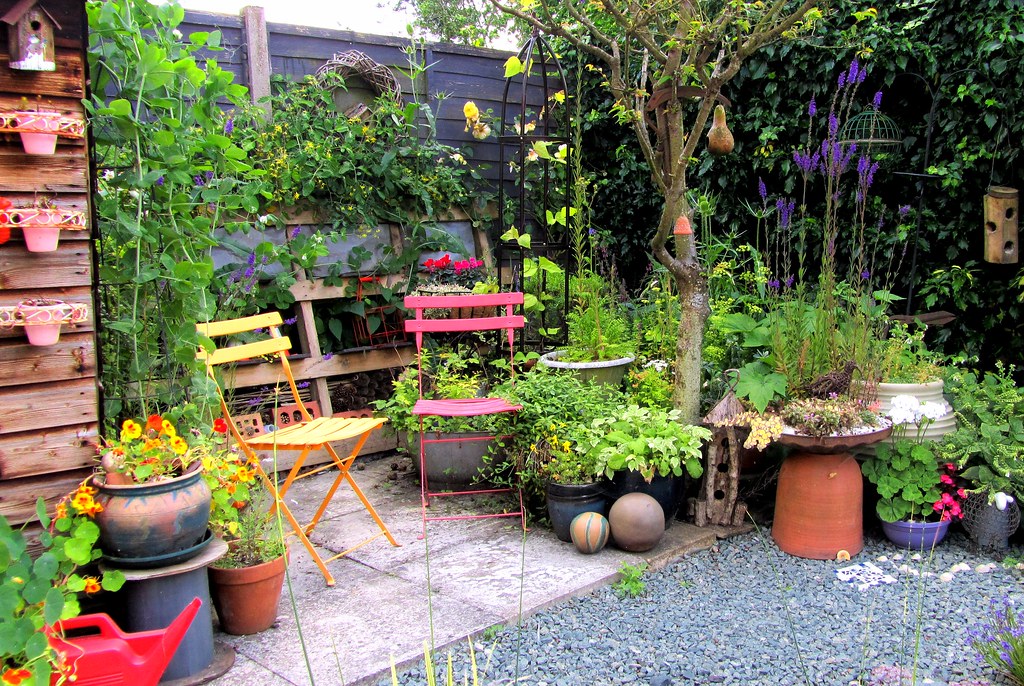The appeal of rare plants has long been a fascination in gardening and landscaping, often with little consideration for the ecological impact. Yet, as enchanting as these non-native species may seem, their introduction into unfamiliar ecosystems has not been without significant repercussions. Invasive plants—those introduced species that establish, proliferate, and spread, often aggressively—pose a considerable threat to biodiversity, ecosystem stability, and native species survival. This growing concern has sparked a much-needed dialogue on the importance of promoting native flora and curbing the spread of invasive species.

The Dangers of Invasive Plants and the Importance of NativeFlora
In the United States, efforts to identify and regulate potentially invasive ornamentals need to intensify, with a particular focus on enhancing coordination across state lines. Despite their attractive appearance, invasive species like non-native vines, aggressive self-seeders, and spreading rhizomatous/stoloniferous ornamentals receive insufficient scrutiny. The ramifications of these plants are not well comprehended by consumers, underscoring the necessity for greater public education and regulatory measures. Garden centers and landscapers play a pivotal role in this equation and should be incentivized through subsidies or tax breaks to favor native species over invasive ones.
California, known for its rich biodiversity, is taking significant steps in this direction. The state is home to more than 7,000 native plant species, including the California Poppy, which became the official state flower in 1903. Despite this, non-native flora like palm trees, which are often mistakenly thought to be indigenous to California, are prevalent. A bill currently moving through the California Legislature aims to address this issue by mandating that landscaping in certain public and commercial areas comprises at least 75 percent low-water, native plants by 2035. This legislative effort exemplifies a broader movement to cultivate native plants, bolster biodiversity, and adapt more effectively to climate change.
Native plants are indispensable to local ecosystems. They support wildlife and insects that have co-evolved over millennia, fostering a balanced and thriving environment. The push for native plant cultivation in California and beyond is not merely about aesthetic preferences but an essential strategy for environmental conservation. The benefits of native plants extend far beyond their ecological value; they are also more resilient to local pests and diseases, require less water than their non-native counterparts, and contribute to the overall health of local ecosystems.
Combating Invasive Species and Promoting Native Plants in the US
The challenge of invasive species is not insurmountable, but it demands concerted action. Winter, for instance, presents an ideal opportunity to manage invasive woody plants effectively. Techniques such as cut stump treatment, cutting with a brushcutter, forestry mulching, girdling, hack and squirt, and basal bark treatment have proven successful in controlling invasive species like autumn olive, buckthorn, and Asian bush honeysuckle. These methods, often requiring the application of herbicides to prevent regrowth, underscore the necessity for targeted and responsible management practices.
The practice of winter sowing for native plants is gaining traction. This technique involves sowing seeds just before a snowfall or on top of light, fluffy snow. The subsequent melting of the snow and early spring rains assist in embedding the seeds into the soil surface, facilitating their germination. Such practices not only contribute to the restoration of native plant communities but also offer a sustainable and efficient approach to landscaping and ecosystem management.
The battle against invasive species and the promotion of native plants are critical components of preserving our natural heritage and fostering ecological resilience. While challenges remain, the initiatives and practices being adopted across the United States, particularly in states like California, offer hope and a path forward. By rethinking our landscaping choices and adopting a more conscientious approach to plant selection, we can make significant strides in protecting and enhancing our environment for future generations.
The call to embrace native plants and reject invasive species is not just a whisper in the wind; it’s a rallying cry echoed across the landscapes, particularly vivid in places like California, where the diversity of native flora is as broad as it is beautiful. The drive toward cultivating native species over their invasive counterparts isn’t merely a matter of preference but an essential strategy for ecological conservation, biodiversity enhancement, and climate change adaptation. As we delve deeper into the solutions and success stories surrounding native plant proliferation, it becomes clear that the path forward is paved with both innovative approaches and a return to nature’s own methods for sustainability.
Related posts:
Efforts to Boost Native Plants in California Take Root
%i — Natural Community Services Invasive shrub & brush control




